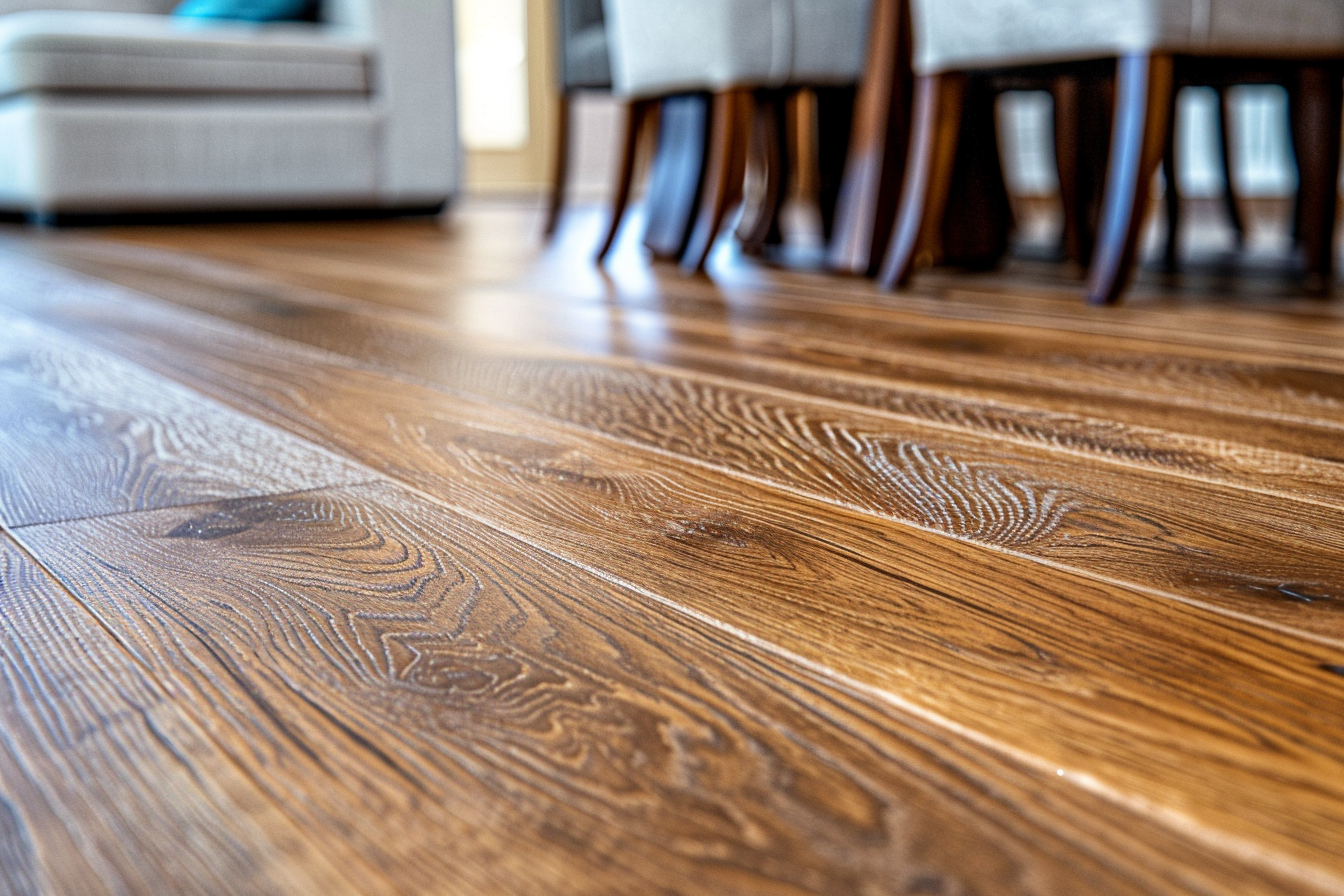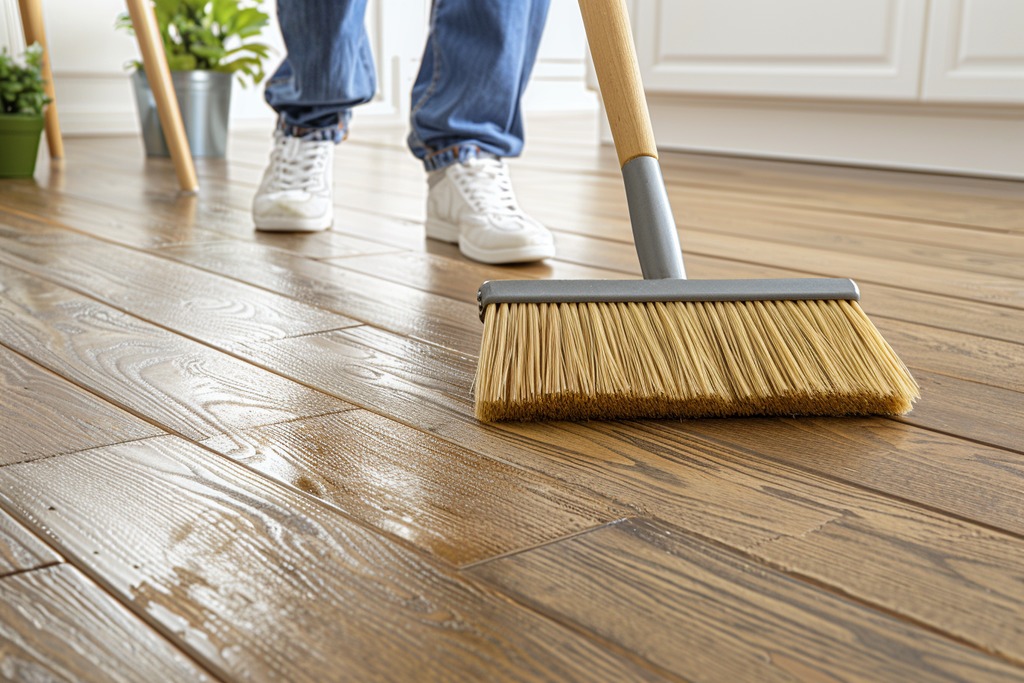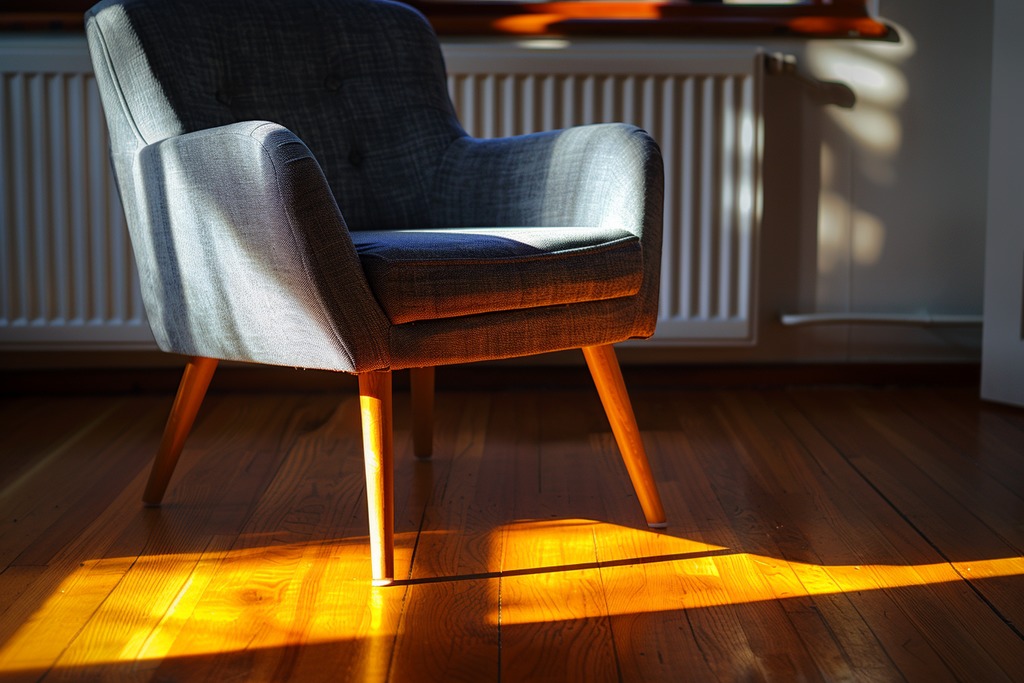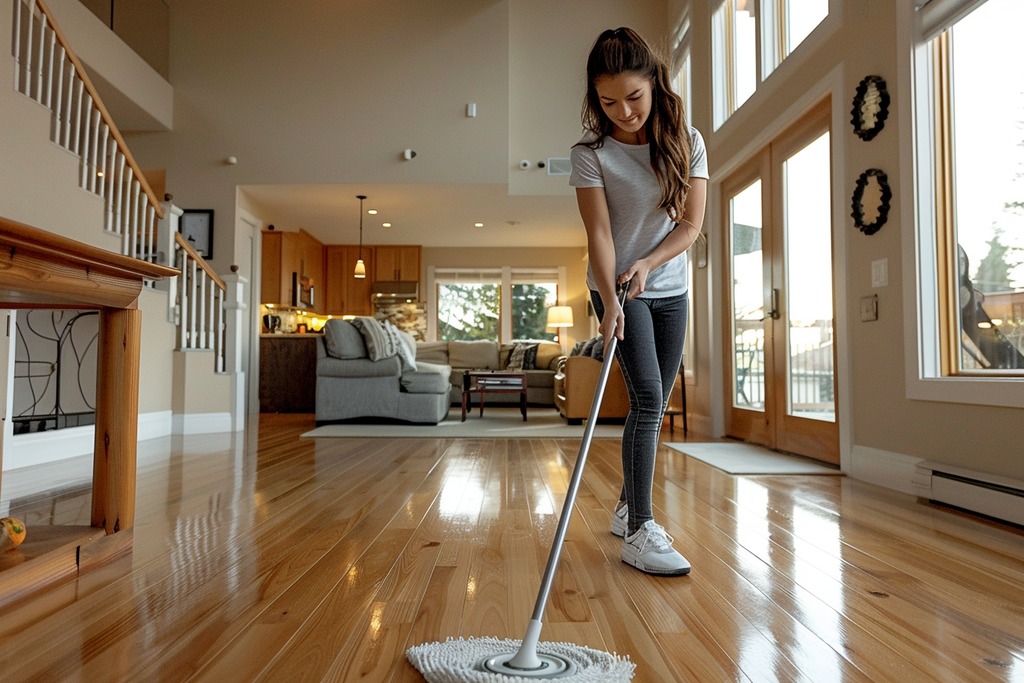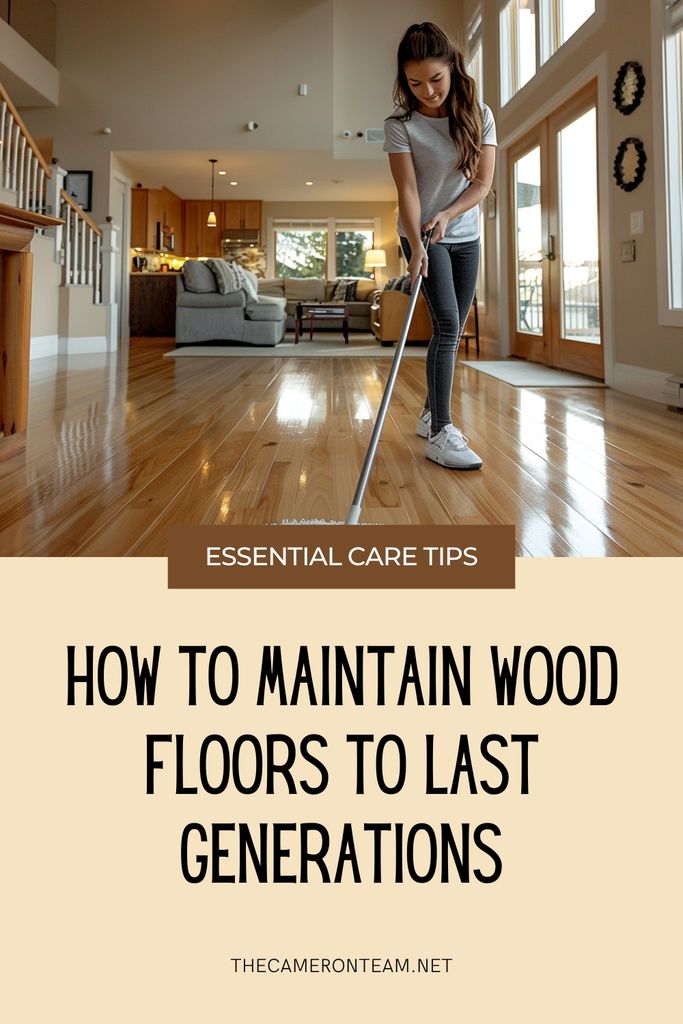Wood floors bring timeless elegance to any home, but they also come with a responsibility: to maintain them well enough so they can be enjoyed for generations to come. Whether you’ve inherited a century-old hardwood floor or have recently invested in a new installation, the key to longevity lies in routine care and preventive maintenance. From daily cleaning tips to long-term preservation strategies, this blog will cover all you need to keep your wood floors looking as good as new.
Please note: The Cameron Team has not been paid or received any other compensation to include any of the products featured on this post, but the author has included affiliate links and content. If you click on a link, they may earn a commission – a high-five for great content!
1. Establishing a Regular Cleaning Routine
A clean floor is a long-lasting floor. Dust, dirt, and grit are some of the greatest adversaries for wood floors, acting like sandpaper underfoot and wearing away the floor’s finish over time. To combat this, sweeping daily with a soft-bristle broom or a microfiber mop is essential to collect dirt and debris. Additionally, vacuuming weekly with a machine that has a setting for hardwood floors helps to avoid scratches, and careful mopping with a cleaner specifically designed for wood floors—using a slightly damp mop instead of a wet one—will prevent water damage.
2. Protecting the Floor from Damage
Preventing damage before it happens is key to the longevity of your floors. Applying felt pads under the legs of furniture can help prevent scratches when items are moved. Placing rugs or mats at entrances and high-traffic areas minimizes the dirt that gets onto the floors. It’s also wise to avoid wearing high heels or allowing sharp objects to come into contact with the flooring, as they can cause dents and punctures.
3. Managing Sunlight and Humidity
Environmental factors such as sunlight and humidity significantly impact the health of wood floors. Controlling sunlight exposure through the use of curtains or UV-protective window films can protect floors from sun damage, which can lead to fading and discoloration. Maintaining indoor humidity levels between 30-50% will help prevent the wood from warping or cracking, preserving its structure and appearance.
4. Refinishing and Restoration
Over time, even well-maintained floors will begin to show signs of wear. Refinishing can breathe new life into your wood floors. Every 7-10 years, sanding down the floors and applying a new finish not only repairs superficial scratches but also provides a new protective layer that revitalizes the floor’s appearance. For minor scratches, products like wood filler or color-matching markers can be effective for spot repairs.
5. Knowing When to Call Professionals
While many maintenance and repair tasks can be handled on your own, certain situations should be left to professionals. Deep scratches and gouges might require more intensive treatments such as board replacement or professional resanding. In cases of significant water damage, it is advisable to consult with a professional to assess the damage and determine the necessary repairs to ensure the floor’s integrity is maintained.
6. Educating Everyone in the Home
The longevity of your wood floors is a collective effort. Establishing household rules like no shoes inside, immediate cleanup of spills, and using coasters under plant pots to prevent water rings can make a big difference. Encouraging everyone in the home to be vigilant and report any signs of damage or wear can help in maintaining the floor’s condition over time.
Caring for Different Types of Wood Floors
1. Hardwoods (Oak, Maple, Cherry): These are among the most common types of wood flooring materials. They are durable but still require proper maintenance to preserve their appearance and longevity.
- Cleaning: Use pH-neutral wood cleaning products to avoid damaging the finish. Avoid vinegar-based solutions, which can dull the shine over time.
- Maintenance: Apply a fresh coat of finish or wax every few years to keep the surface protected and looking new. For hardwoods, a polyurethane coating is often recommended because it forms a hard, protective layer over the wood.
2. Softwoods (Pine, Fir, Cedar): Softwoods are more susceptible to scratches and dents due to their softer nature.
- Cleaning: Softwoods require gentle cleaning techniques. Sweeping and dry mopping are preferable, and when damp mopping is necessary, it should be done with minimal moisture.
- Maintenance: Consider using a penetrating oil finish for softwood floors. This type of finish soaks into the wood and hardens, providing a protective surface that is also easy to touch up in the event of scratches.
3. Exotic Woods (Teak, Mahogany, Bamboo): These woods often come with unique grain patterns and colors and can vary in hardness.
- Cleaning: Since exotic woods can be sensitive to humidity changes, it’s important to use as little water as possible. Clean spills immediately to prevent water marks.
- Maintenance: Use specific sealers recommended for exotic woods to enhance their natural colors and protect them from wear. Bamboo, for instance, benefits from acrylic urethane finishes.
Special Considerations
1. Dealing with Water Damage: Water is a wood floor’s worst enemy. In the case of water damage, quickly remove any standing water and dry the area thoroughly. Use fans and dehumidifiers to help the wood dry evenly and prevent warping. If planks become damaged or warped, they might need to be replaced.
2. Addressing Deep Scratches and Gouges: For deeper scratches that penetrate the finish, wood filler matched to your floor’s color can be used to fill the gouge. After filling, the area should be sanded smooth and then resealed to protect it from further damage.
3. Handling Fading from Sunlight: To reduce the effects of UV light, periodically rearrange rugs and furniture to allow the floor to age uniformly. If fading is significant, consider refinishing the affected area or the entire floor to ensure a consistent finish across the space.
Conclusion
Maintaining wood floors is about more than just careful handling; it involves establishing a maintenance routine that integrates seamlessly into daily life. With the right care strategies, your wood floors can remain a beautiful and durable part of your home for generations to come, preserving both their beauty and your investment.
By following these detailed guidelines, your wood floors will not only maintain their aesthetic appeal but will also stand up to the test of time, serving as a proud testament to your home’s heritage and your commitment to upkeep.

